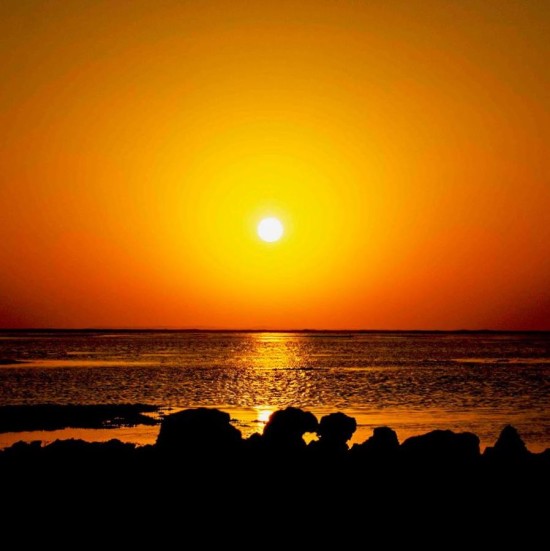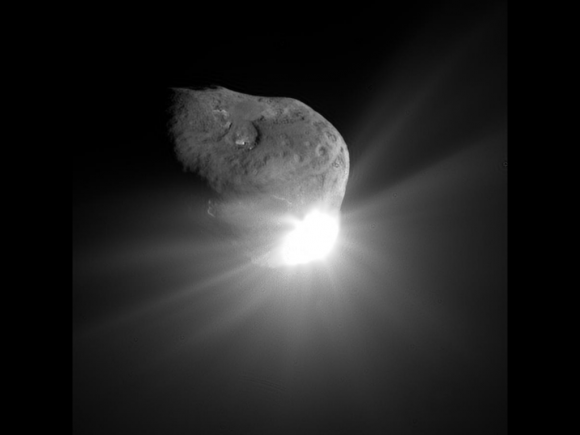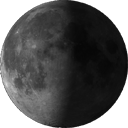
Sep 22
An Unexpected Ending for Deep Impact : Universe Today
Comet Tempel 1 a minute after being struck by Deep Impact’s impactor on July 4, 2005 (NASA/JPL-Caltech/UMD)
After almost 9 years in space that included an unprecedented July 4th impact and subsequent flyby of a comet, an additional comet flyby, and the return of approximately 500,000 images of celestial objects, NASA’s Deep Impact/EPOXI mission has officially been brought to a close.
The project team at NASA’s Jet Propulsion Laboratory has reluctantly pronounced the mission at an end after being unable to communicate with the spacecraft for over a month. The last communication with the probe was Aug. 8. Deep Impact was history’s most traveled comet research mission, having journeyed a total of about 4.7 billion miles (7.58 billion kilometers).
“Deep Impact has been a fantastic, long-lasting spacecraft that has produced far more data than we had planned,” said Mike A’Hearn, the Deep Impact principal investigator at the University of Maryland in College Park. “It has revolutionized our understanding of comets and their activity.”
Sep 21
Year’s fastest sunsets happen around the equinoxes | Tonight | EarthSky

Photo top of post by EarthSky Facebook friend Graham Telford.
Here’s a natural phenomenon you might never have imagined. That is, the sun actually sets faster around the time of an equinox. The fastest sunsets (and sunrises) occur at or near the equinoxes. What’s more, the slowest sunsets (and sunrises) occur at or near the solstices. This is true whether you live in the Northern or Southern Hemisphere. And, by the way, when we say sunset here, we’re talking about the actual number of minutes it takes for the body of the sun to sink below the western horizon.
Why does the sun set so quickly around the equinoxes? At every equinox, the sun rises and sets due west. That means – on the day of an equinox – the sun hits the horizon at its steepest possible angle. In other words, the sun is dropping almost straight down from above. Meanwhile, at a solstice, the sun is setting farthest north or farthest south of due west. The farther the sun sets from due west along the horizon, the shallower the angle of the setting sun. That means a longer duration for sunset at the solstices.
Although the sunset duration varies by latitude, the equinox sun sets in about 2 and 3/4 minutes at 40 degrees latitude (Denver, Philadelphia).
Meanwhile, at 40 degrees latitude, the solstice sun sets in roughly 3 and 1/3 minutes.
via Year’s fastest sunsets happen around the equinoxes | Tonight | EarthSky.


